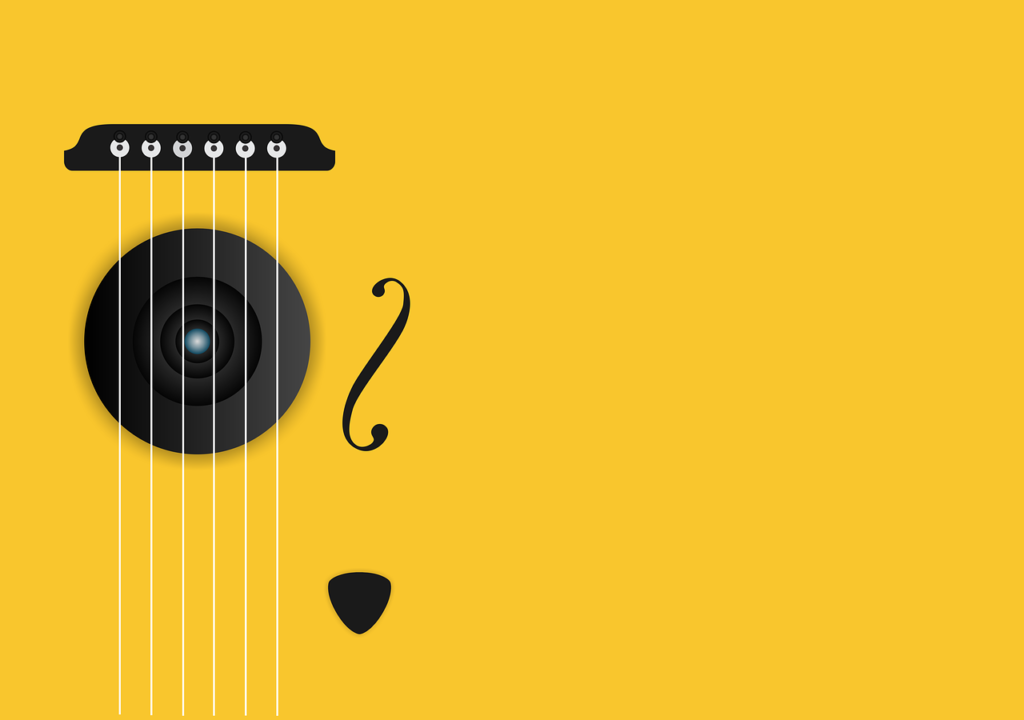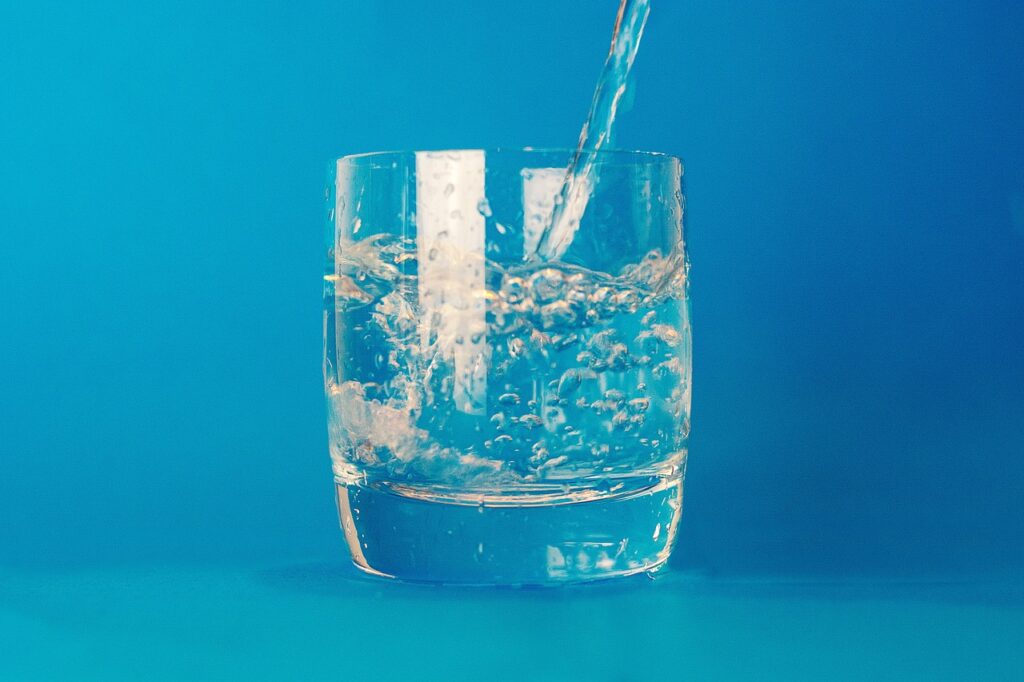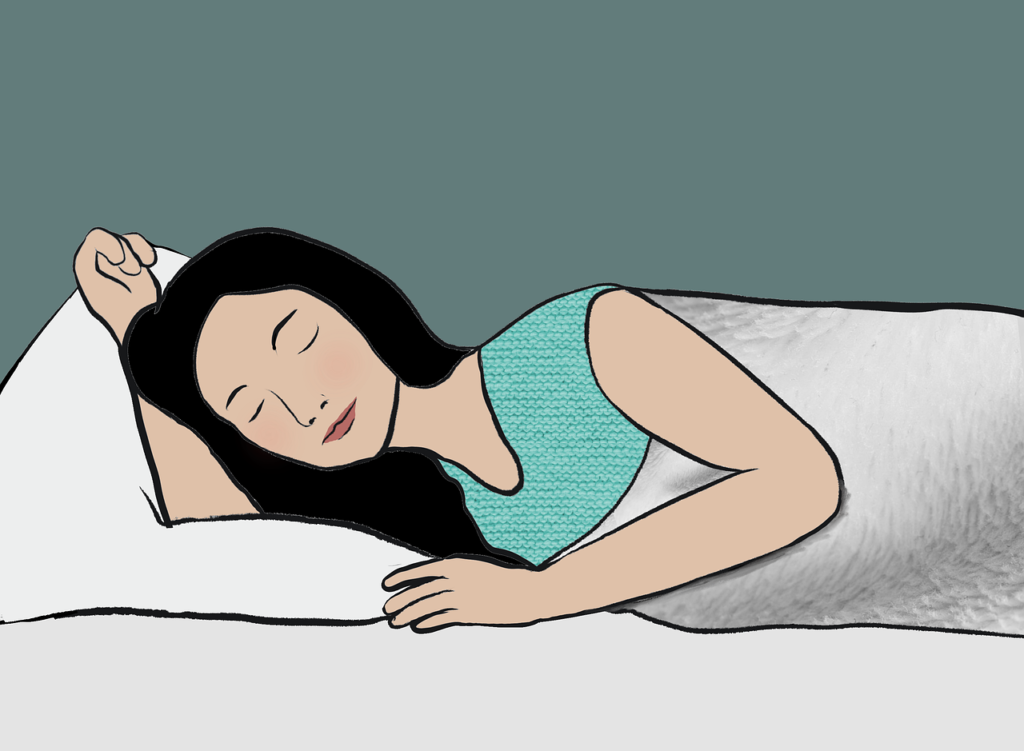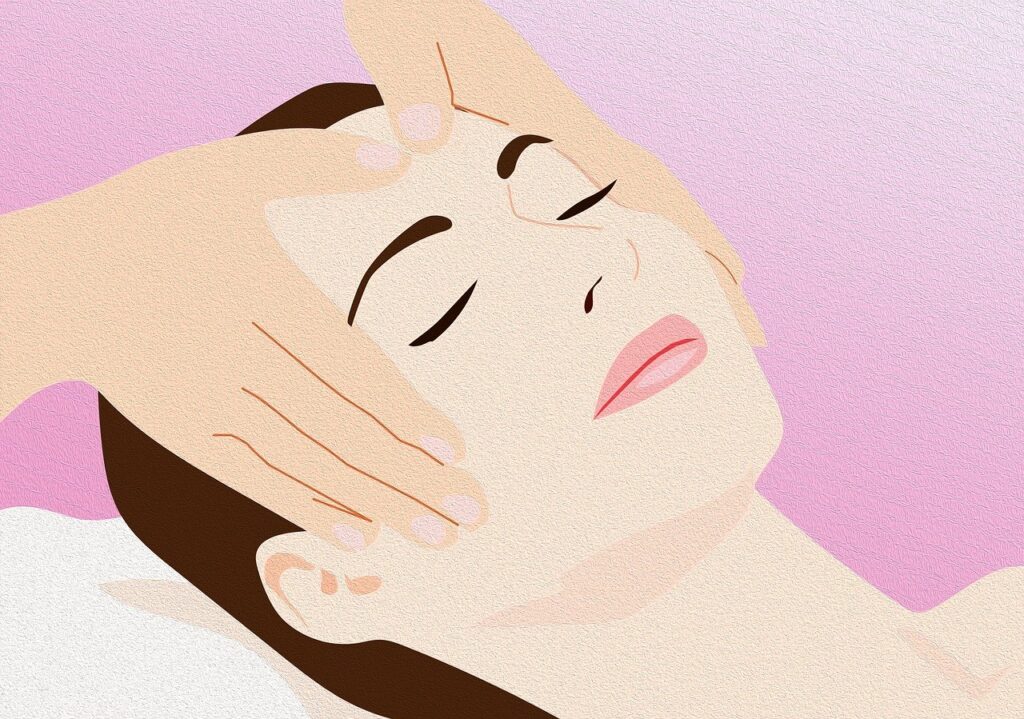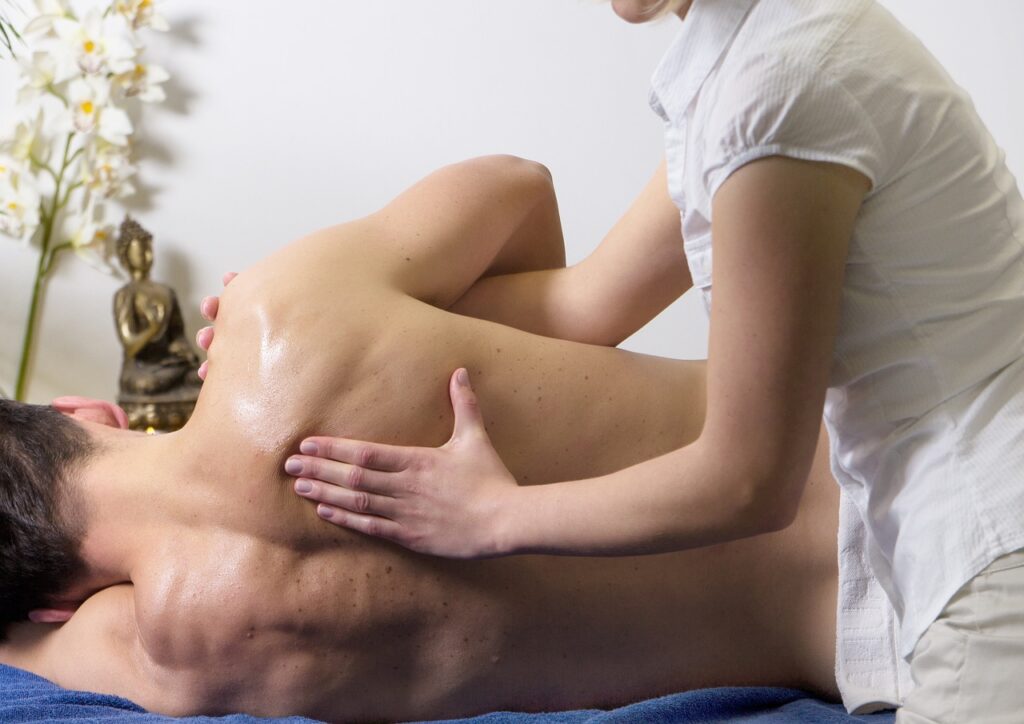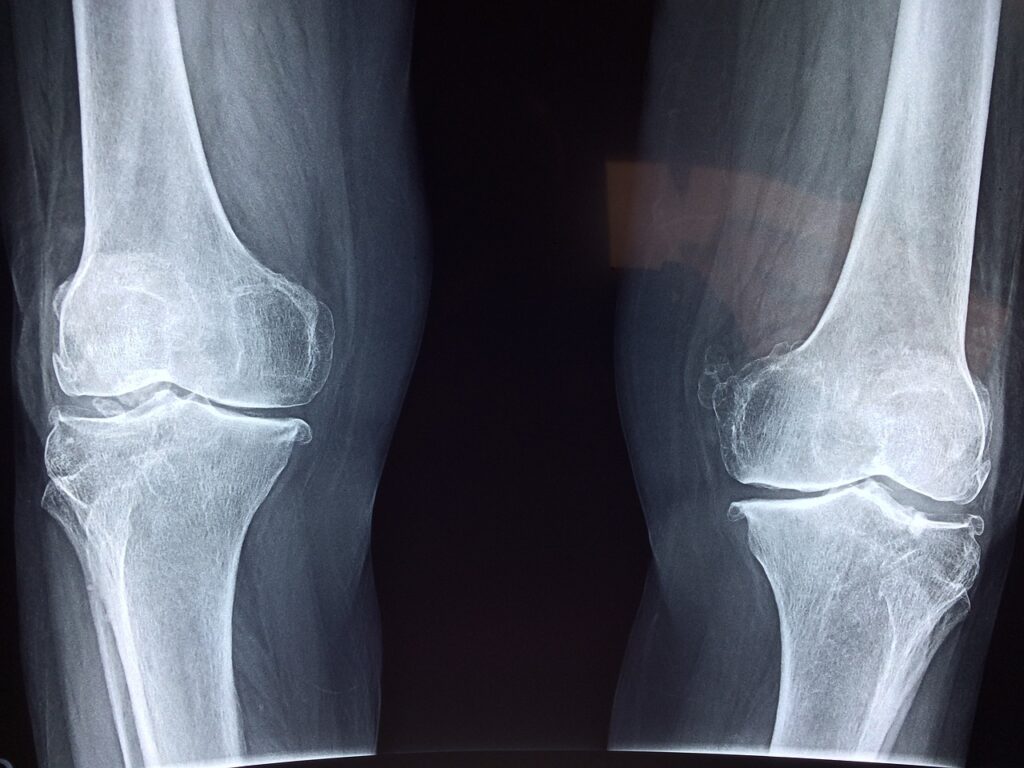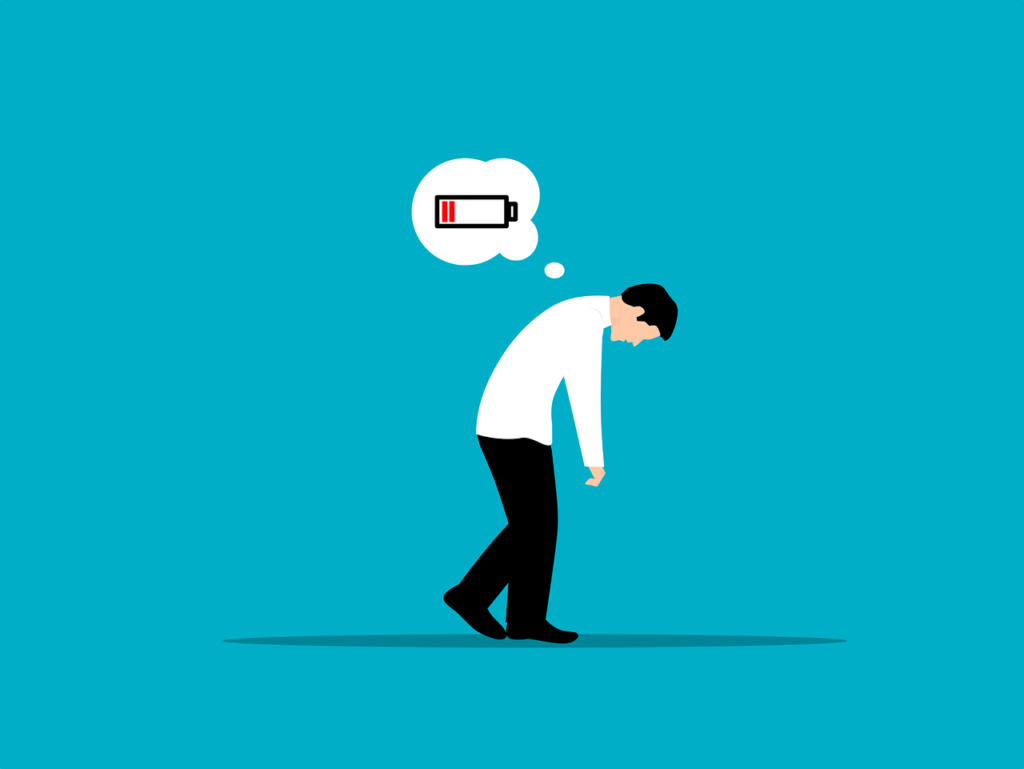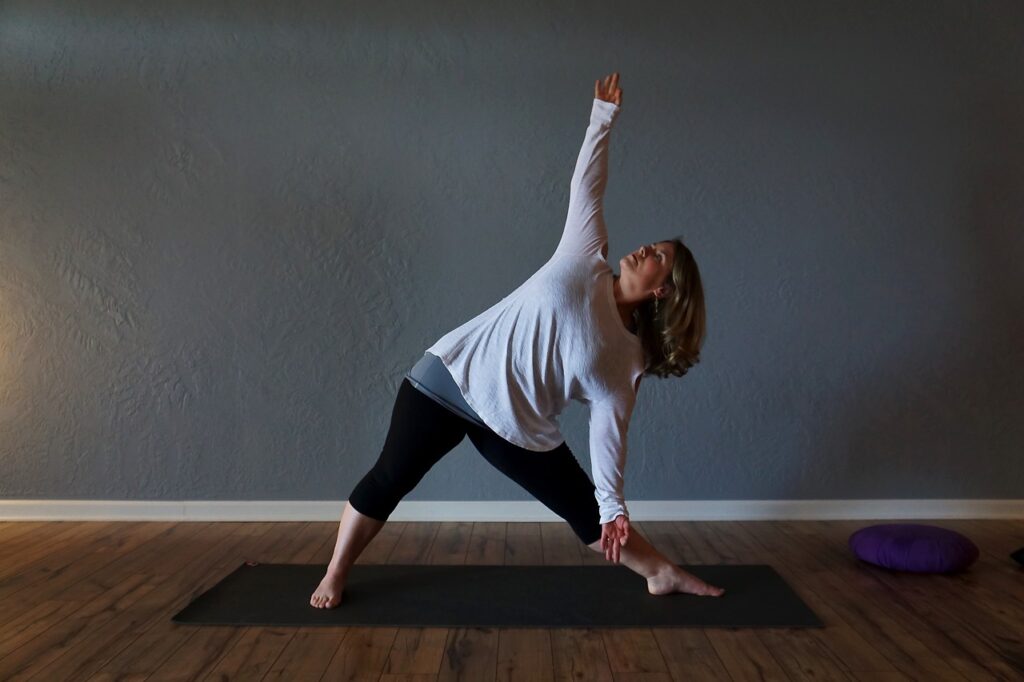
Stretching has always been an essential element when it comes to a good fitness program since it helps keep injuries at bay. Introducing stretching movements to your exercise plan would mean boosting flexibility as well as reducing muscle stiffness; all this contributing towards an increased productivity level during workouts. Regardless of whether an individual falls under any category such as being an athlete or just another person who appreciates staying healthy with exercises, knowing why stretching works on preventing injury is necessary.
Benefits of Stretching for Injury Prevention
- Improved Flexibility: Enhanced flexibility ranks the highest among the primary benefits of stretching. Flexibility is simply the extent to which any joint may move within its range freely. Flexibility increases when you keep stretching your muscles, tendons, and ligaments frequently, thus decreasing the chances of getting injuries like sprains or strains. Increased elasticity makes it possible for sportsmen to perform better since their bodies can easily and effectively move.
- Reduced Muscle Tension: Stretching is beneficial because it helps release tension in muscles, allowing blood flow into muscle tissues leading to muscle relaxation. If your muscle is tight, chances are high that it will get injured easily with physical activities. However, with regular stretching, conditions such as tight muscles can be resolved and there is also an improvement in muscle functions besides preventing overuse injuries.
- Enhanced Joint Health: Including stretching activities regularly in our lives will help in keeping our joints strong therefore minimal chances of getting any injuries related to joints. Also, proper movement alongside stretching it for a particular period will keep them in good shape and prevent the accumulation of diseases. Adequate range of motion allows those affected to be able to take part in various physical activities such as exercising without much strain (discomfort) thus leading a normal lifestyle that is free from diseases or any form of disability.
- Injury Prevention: Possibly the most important advantage of stretching is that it helps prevent injuries. Essentially, if muscles are both well-trained and flexible; the chances are less that muscle strains or even total injury can occur while one is engaging in physical activity. Before engaging in strenuous activities, you need to stretch so that your body will be ready for movements. As such, there could be less chance of getting muscle tears or any other soft tissue damage.
Types of Stretching Exercises
- Static Stretching: Holding still for a while is what makes someone qualify for static stretching. People usually carry this out after exercise when their muscles have gained heat that makes them flexible enough during movement. Static stretches major on particular muscles while enhancing flexibility gradually.
- Dynamic Stretching: A full complement of controlled movements is what dynamic stretching entails, involving various parts of the body. They are generally utilized as components of warm-up routines before engaging in physical activities or sports. Blood flow to the muscles is enhanced during these stretches to prepare them for movement.
- Proprioceptive Neuromuscular Facilitation (PNF): PNF stretching is a method of rapid improvement in flexibility by contracting and relaxing specific muscle groups, often using a partner or resistance bands to make the stretch deeper.
- Ballistic Stretching: Ballistic stretching means using impulse power to take a muscle past its normal motion range swiftly. This stretching type can improve flexibility but poses higher risks than other forms of stretching and requires careful implementation.
Incorporating Stretching into Your Routine
Incorporate many different types of stretches regularly into your exercise routine to benefit from stretching for injury prevention:
- Warm-Up: Each workout session should be started as follows: Prepare your body for exercise by doing arm circles, legs swings and torso twists as part of a dynamic warm-up routine.
- Cool Down: After you finish your workout, do some static stretches that target the main muscle groups to reduce tension in them and promote recovery.
- Consistency: Set time every day for devoted stretching exercises if you want to include stretching in your daily regime.
- Listen to Your Body: Be mindful of how your body reacts to different stretches and alter accordingly to prevent over-stretching or hurting yourself.
When stretching becomes a habit in your exercise routine, you can considerably lower the danger of injuries tied to physical activity, as well as increase general flexibility and performance.
A key aspect of preventing injuries and keeping healthy physically is including stretching exercises in your workout regime. They would help ensure that one keeps fit by maintaining their flexibility while at a similar time reducing muscle tension and improving joint health hence reducing chances of injury during activities or sporting events. Whether you are an athlete preparing for a race or someone who simply likes moving around more often, it is important to embrace stretching as part of your routine.
This article lacked image examples of stretching; alternatively, you could go online and watch a video of someone performing various exercises that may include stretches and demonstrate in real-time for your own convenience.
You can also look at the role of music therapy on stress reduction if you are stressed.

